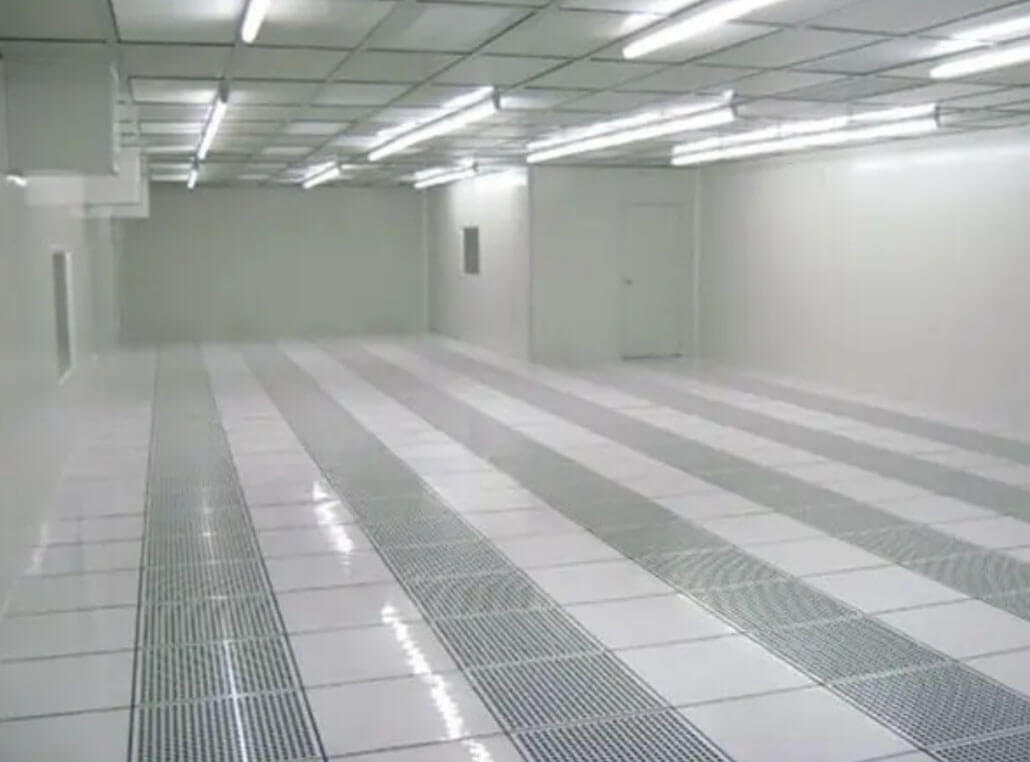Cleanrooms are essential in various industries where controlling contamination is critical to manufacturing processes and product quality. ISO Class 5 Cleanrooms are among the most demanding environments, allowing only up to 3,520 particles per cubic meter of air for 0.5 micrometer-sized particles. This article delves into the diverse applications of ISO Class 5 Cleanrooms, highlighting their significance in maintaining high standards of purity and quality.
Industry Applications of ISO Class 5 Cleanrooms
Semiconductor Manufacturing
In the semiconductor industry, precision is paramount. ISO Class 5 Cleanrooms are integral in fabricating microchips and other components, where even microscopic contaminants can cause defects and drastically affect performance.
Pharmaceuticals
Producing sterile pharmaceuticals necessitates rigorous contamination control. ISO Class 5 Cleanrooms are used to manufacture injectable drugs and biologics, where maintaining sterility is vital.
Biotechnology
Biotechnology applications often involve manipulating biological elements at the molecular level, requiring environments free from contaminants.
Medical Device Manufacturing
The production of medical devices, such as implantable sensors and stents, demands an environment that minimizes contamination risks.
Aerospace
In aerospace technologies, even minor contaminants can lead to significant failures. iso class 5 cleanrooms play a vital role in assembling precision components.
Nanotechnology
As scientists explore materials at the atomic scale, iso class 5 cleanrooms become indispensable for developing nanoscale materials and devices.
Modern ISO Class 5 Cleanroom Facility
Detailed Industry Applications
Pharmaceutical Applications
ISO Class 5 cleanrooms are used to manufacture injectable drugs and biologics, where maintaining sterility is vital. These facilities reduce the risk of microbial and particulate contamination, following guidelines set by entities like the U.S. Food and Drug Administration (FDA). Compliance with such standards ensures the safety and efficacy of pharmaceutical products.
Semiconductor Manufacturing
These environments ensure controlled temperature and humidity, critical for processes such as photolithography and etching. Companies like Deiiang™ offer cutting-edge cleanroom solutions that meet these stringent requirements.
Medical Device Manufacturing
ISO Class 5 cleanrooms facilitate the production of sterile, high-quality medical devices. Ensuring product safety is paramount, as these devices often interact directly with the human body.
Frequently Asked Questions
Why are ISO Class 5 cleanrooms important in semiconductor manufacturing?
They prevent particulate contamination, which can cause defective microchips and compromise product performance.
How do cleanrooms benefit the Pharmaceutical industry?
They maintain sterility in drug production, crucial for safety and efficacy.
What role do cleanrooms play in medical device manufacturing?
They minimize contamination, ensuring devices meet high safety standards.
Are ISO Class 5 cleanrooms used in nanotechnology?
Yes, they provide necessary contamination control for nanoscale materials and devices.
How often should CleanRoom environments be validated?
Regular assessments and calibrations are essential, typically every 6-12 months, or as stipulated by industry regulations.
References
International Organization for Standardization. ISO 14644-1: Cleanrooms and Associated Controlled Environments.
U.S. Food & Drug Administration. Sterile Drug Products Produced by Aseptic Processing.
The Institute of Environmental Sciences and Technology (IEST). Recommended Practices for Cleanroom operations.
European Medicines Agency. Good Manufacturing Practice (GMP) Guidelines.
Semiconductor Industry Association. Standards for Semiconductor Manufacturing.
Deiiang™, Cleanroom design and Innovation White Papers.
Clarke, J. (2018). Advanced Cleanroom design: Technologies and Trends.
© 2025 cleanroom technology Insights. All rights reserved.
 +86 18186671616
+86 18186671616 Jason@cleanroomequips.com
Jason@cleanroomequips.com
 MENU
MENU




